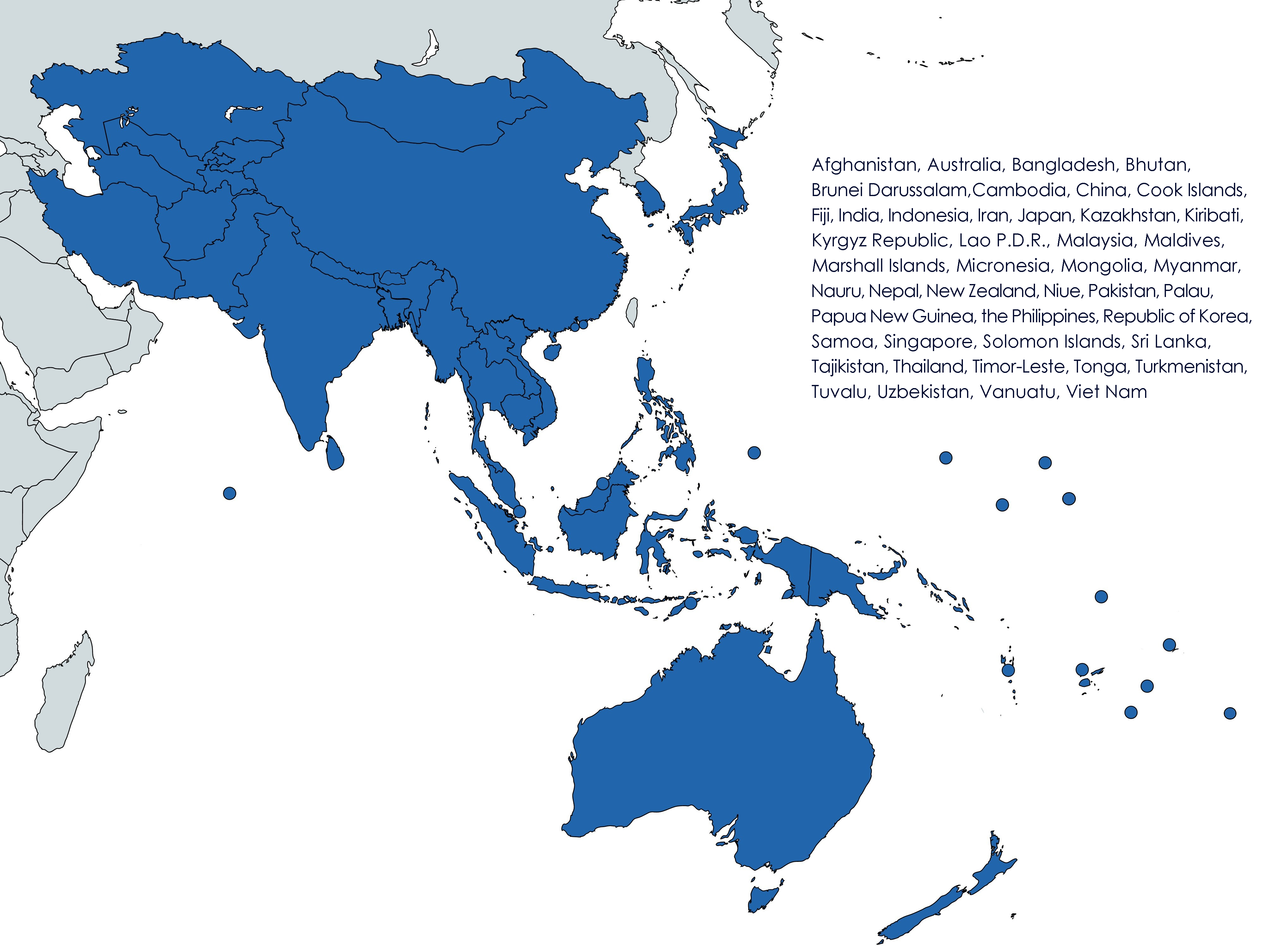In the Asia-Pacific region, many countries have faced a variety of challenges related to cultural heritage protection, planning, conservation, and restoration. Almost universally, the cases requiring resolution include a shortage of human resources and funds, and insufficient heritage legislation. Due to these deficiencies, a large number of cultural heritage items have been destroyed or damaged. In addition, rapid urbanisation and excessive tourism have posed a new problem for the appropriate protection and inheritance of cultural heritage.
In response to the need for further cooperation in the field of cultural heritage protection in the Asia-Pacific region, the Cultural Heritage Protection Cooperation Office, Asia-Pacific Cultural Centre for UNESCO (ACCU Nara) was established in Nara in 1999 with the purpose of serving as a domestic centre for promoting cooperation in cultural heritage protection in the region. Nara is considered to be the birthplace of Japan’s ancient culture, and is home to various excellent organisations involved in cultural heritage research and management.
ACCU Nara, in order to support cultural heritage protection activities focused on the countries and regions of the Asia-Pacific region, conducts a variety of programmes in cooperation with international organisations such as UNESCO and the International Centre for the Study of the Preservation and Restoration of Cultural Property (ICCROM); the Agency for Cultural Affairs, Government of Japan; the National Research Institute for Cultural Properties, Tokyo and Nara; regional authorities such as Nara Prefectural Government; various universities; and museums. The various activities of ACCU Nara include holding specialist training programmes for developing human resources to carry out cultural heritage protection, conducting international conferences and workshops, disseminating information relating to cultural heritage protection (online Learning Materials), publishing periodicals (e.g., ACCU Nara International Correspondent), holding a public Cultural Heritage Seminar, and giving World Heritage Lectures at high schools within Nara Prefecture.
To date, nearly 700 participants from 39 countries have enrolled in the ACCU’s main training programmes, ongoing for 23 years, and currently many of these trainees are putting the results of their training to use in their home countries. While it has been necessary in recent years to adopt an online format for training due to the COVID pandemic, a portion of the training videos made over this interval have been translated into multiple languages, and are being made widely available through our website so they can be utilised by cultural properties specialists in various countries.
In the future, ACCU Nara will continue to promote international cooperation in relation to cultural heritage protection in the Asia-Pacific region in coordination with other organisations within Japan and abroad. We hope to receive your continued support and cooperation in these endeavours.
MORIMOTO Susumu
Director
The Cultural Heritage Protection Cooperation Office, Asia-Pacific Cultural Centre for UNESCO
Countries Participating in ACCU Nara Activities

Partnership
The ACCU Nara Office promotes activities in liaising and cooperating with international organisations in various fields of cultural heritage protection.
ICCROM (International Centre for the Study of the Preservation and Restoration of Cultural Property)
The intergovernmental organisation established in Rome in 1959 to promote the conservation of cultural heritage
UNESCO (United Nations Educational, Scientific and Cultural Organisation)
The United Nation’s organisation established in Paris in 1945 to build peace in the minds of men through educational and cultural activities





